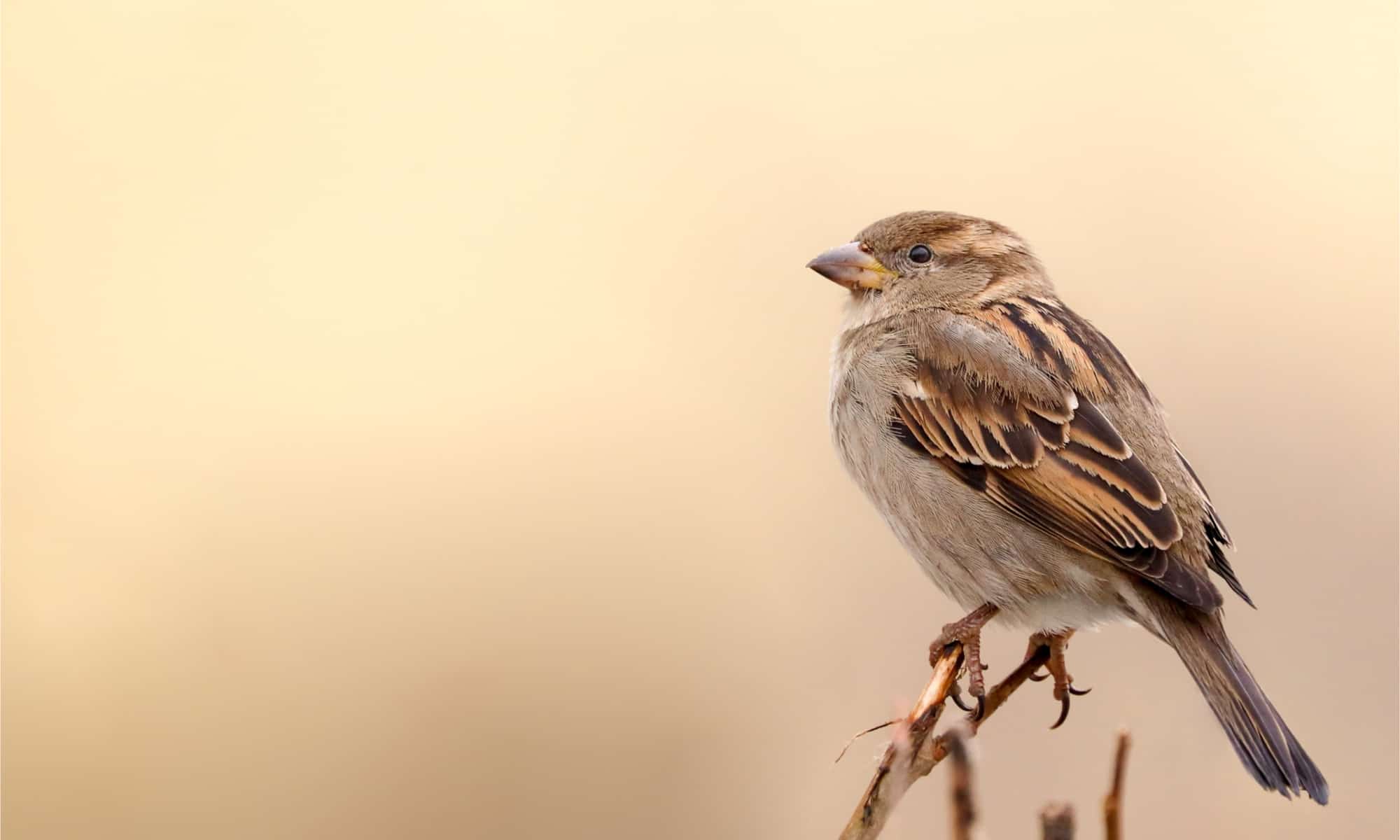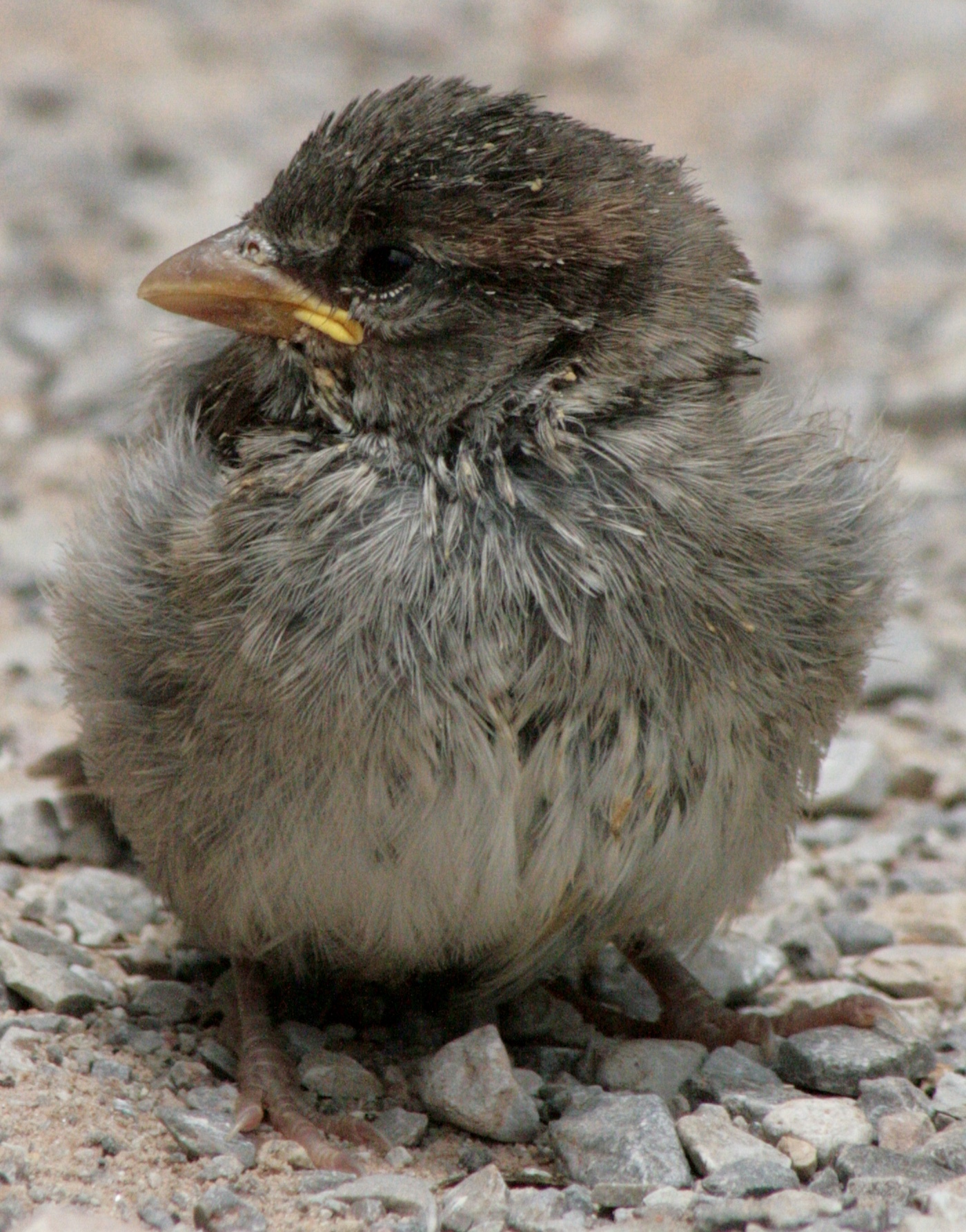Table Of Content

House sparrows can build adjacent nests sharing common walls. Studies on house sparrow movements found that young birds are more likely to move away from the natal areas. Some of the natural habitats that they live in include forests, meadows, grasslands, deserts, desert edges, woodlands, and more.
White-crowned Sparrow Range Map

Food scraps and animal feeds are very important in urban, suburban, and farming areas. Many people are familiar with the ‘chirrup’ song of the House Sparrow. These birds are most vocal in the mid-afternoon, although you might hear them at any time of day. Adaptable and competitive, the House Sparrow is ubiquitous wherever we live and one of the few bird species that truly thrives in urban environments. A global alliance of nature organizations working to document the natural history of all bird species at an unprecedented scale. Nest in holes of buildings and other structures such as streetlights, gas-station roofs, signs, and the overhanging fixtures that hold traffic lights.
Here are birds birdwatchers may see in DE. Search our database - The News Journal
Here are birds birdwatchers may see in DE. Search our database.
Posted: Sat, 11 Nov 2023 08:00:00 GMT [source]
History & Culture
The range maps below were generously shared with permission from The Birds of the World, published by the Cornell Lab of Ornithology. Today, some people find that their song sounds like “Oh dear me,” with an added trill at the end. While they usually hang out in dense brushy habitats, the males like an audience while singing and can be spotted whistling on treetops, rooftops, or the edges and tops of thickets. These sparrows can be hard to find because they like to hide in shrubs, but you may get lucky and see a male in the early morning of breeding season perched on a tall shrub singing for a mate.
Common backyard spring birds: Spot cardinals, sparrows, finches - USA TODAY
Common backyard spring birds: Spot cardinals, sparrows, finches.
Posted: Fri, 29 Mar 2024 07:00:00 GMT [source]
Diet of the House Sparrow
Spoiled foods or exposure to novel toxins, for example, may activate the immune system (Martin and Fitzgerald, 2005). Humans and House Sparrows interact incredibly frequently, and the sparrows live their lives closely entwined with humans and manmade habitats. They display fierce aggression during nesting season and compete with other birds for nesting sites, especially bluebirds. House sparrows aren't popular among birders, and for good reason.
Do House Sparrows migrate?
The sparrows, according to the research, diverged from other Old World sparrows around 11,000 years ago, just as agriculture was taking hold in the Middle East. Insects are a very important summer food source for house sparrows. These birds most certainly do feed on ants and would likely enjoy dried ants when available. While they may not be a preferred food source, there are reports of house sparrows feeding on safflower seeds.
Interestingly, these birds are considered a separate subspecies known as the Timberline Sparrow (Spizella breweri taverneri) and look slightly. Their bills and upperparts are darker and the breast and face also have more contrasting colors. Luckily, they’re easy to identify, thanks to their rust-colored crown. You’ll often see them at backyard feeding stations, eating black oil sunflower seeds and other seed mixes on the ground. Look for them foraging and perching near the water’s edge, scratching up seeds and insects in brushy habitats.
Relative Size
Here, we explore the natural history of house sparrows and the contributions that these birds have made to basic biology and beyond. House sparrow, (Passer domesticus), one of the world’s best-known and most abundant small birds, sometimes classified in the family Passeridae (order Passeriformes). It lives in towns and on farms, worldwide, having accompanied Europeans from its original home—most of Eurasia and northern Africa. It was introduced into North America at Brooklyn, N.Y., in 1852 and within a century had spread across the continent. It is a 14-cm (5.5-inch) buffy-brown bird with a black bib (male only). The nest, containing four to nine eggs, is an untidy bundle of straw and feathers—usually quite dirty—placed in house eaves.
They can be seen in pairs, often traveling with flocks of mixed bird species. These unique New World sparrows also have rusty orange-red heads and breasts, olive upperparts, and yellow underparts. Chipping sparrows are just one of many songbirds commonly found in Michigan and Minnesota.
Plumage in females is drabber, with crests that are dark brown and post-ocular stripes that are light brown. Females lack black head markings and have gray-brown to light brown cheeks, bills and feathers (Figure 1a). Female plumage resembles juveniles and females from other Passer species so much that distinguishing them visually is often difficult (Anderson, 2006). Subspecies also differ in size, mass and male plumage (See Summers-Smith, 1988). From the northernmost tip of Scandinavia to the southernmost corner of Patagonia, and across six continents, house sparrows (Passer domesticus) inhabit most human-modified habitats of the globe. Here, we review the natural history of house sparrows, highlight what the study of these birds has meant to bioscience generally, and describe the many resources available for future work on this species.
These tiny birds are found in dry savannas, woodlands, fields, and villages of East Africa. They live in the humid forests of Peru, Ecuador, Colombia, and Venezuela, at elevations ranging from 8,200 to 11,150 feet. They can be identified by their olive-gray upperparts, yellow breasts and bellies, and rufous heads. They can be usually seen alone, in pairs, or in small family groups as they roam through leaf litter looking for insects and seeds. Tepui brushfinches are large and colorful New World sparrows with red heads. They can be also identified by dusky eyebrows and dark eye-lines; during the breeding season, the lines above each eye become nearly white.
If you want to discourage house sparrows, putting out safflower seeds might send them looking elsewhere. Whether you love them or hate them, knowing what house sparrows eat can be useful for attracting them or keeping them away. Read along as we go in-depth on the diet of one of America’s (and the world’s) most common backyard birds. Advocating that house sparrows be used as model organisms is not simple as many definitions of model species are available (Bolker, 2009; Bolker, 2014; Bolker, 2017).
And having a place for them to hide and find shelter will entice them to stay. But globally, the sparrow’s decline is a story we should heed, as it may help us better understand how to coexist with nature in the Anthropocene. The first house sparrow decline was actually reported in the 1920s, when automobiles began widely replacing horses. Sparrows feasted on the huge amount of spilled grain found in cities. When that food source was removed, sparrow populations decreased. The answer likely lies in a combination of factors, all tied to rapid changes in both cities and farms.

No comments:
Post a Comment